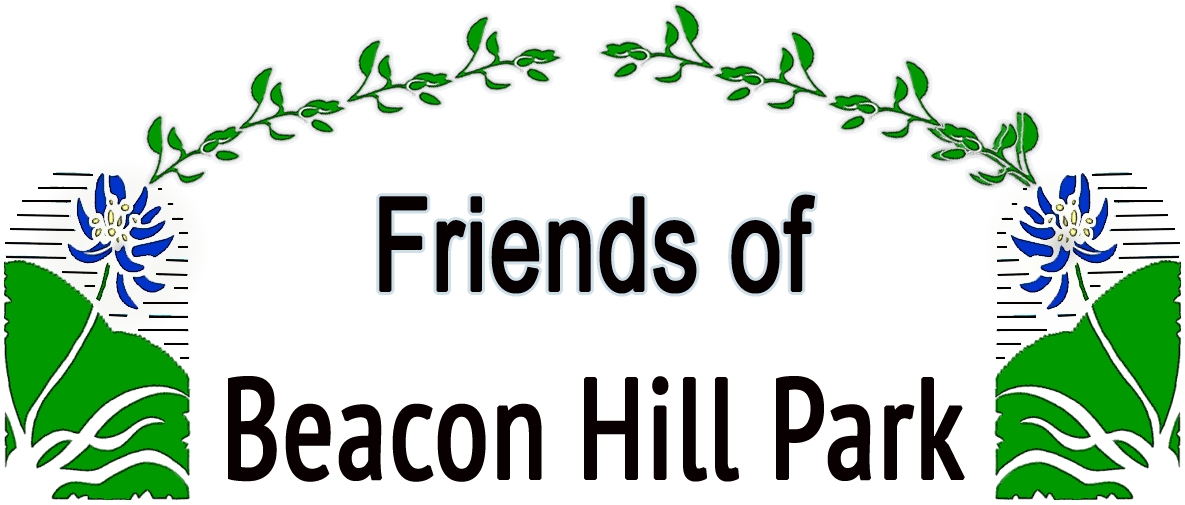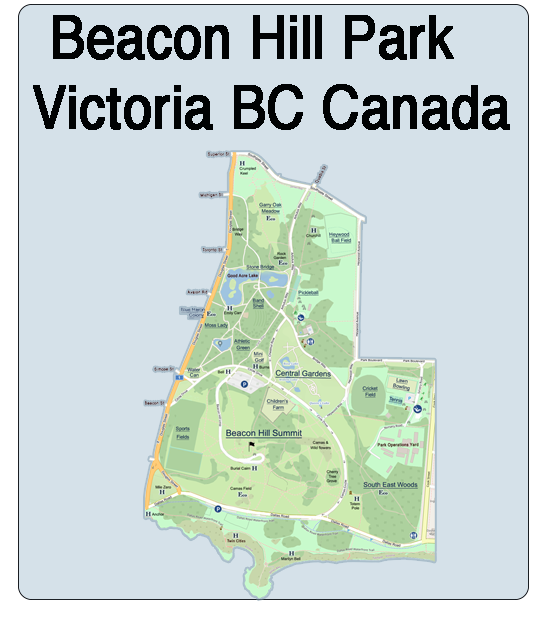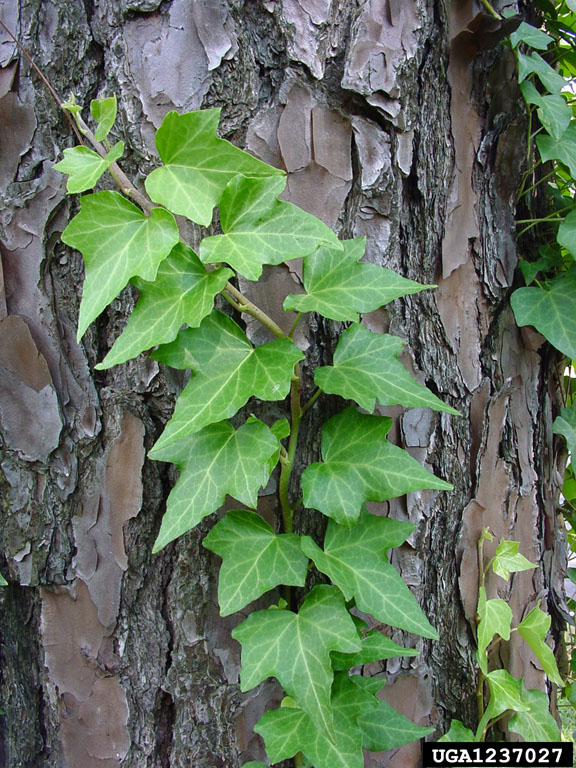|
|
Ivy (Hedera helix)Ivy (Hedera helix) is considered an invasive species in many parts of the world. It is a woody, climbing vine that is native to Europe, North Africa, and Western Asia. Ivy has been introduced to many countries as an ornamental plant and is now widespread in many parts of the world, including North America, Australia, and New Zealand. As an invasive species, ivy can have a negative impact on the environment by outcompeting native plant species and altering habitat structure. It can also impact tree health by smothering tree canopies and increasing the risk of falling branches. Additionally, ivy can harbor pests and diseases that can affect both plants and animals. Several studies have investigated the impacts of ivy as an invasive species. One study in North Carolina, USA found that ivy had a negative impact on the diversity and abundance of native plant species in forests. Another study in New Zealand found that ivy reduced the growth of native tree seedlings and increased the risk of falling branches. Overall, it's important to manage ivy as an invasive species to protect native plant communities and maintain habitat structure. This can involve removing ivy from trees and other structures and monitoring for regrowth. Herbicides can also be used to control ivy, but it's important to follow all safety guidelines when using these products. Is IVY edible? No, ivy (Hedera spp.) is not considered edible. While some species of ivy have been used in traditional medicine and folklore for their medicinal properties, the leaves and berries of ivy are toxic if ingested in large quantities. Ingestion of ivy can cause symptoms such as abdominal pain, vomiting, and diarrhea, and in severe cases, can lead to coma or death. Therefore, it is not recommended to consume any part of ivy for food or medicinal purposes. It's important to properly identify plants before consuming them and to consult a reputable source or expert before using any wild plants for medicinal purposes. References:
|



